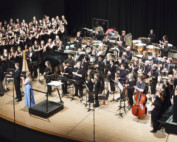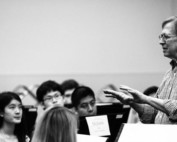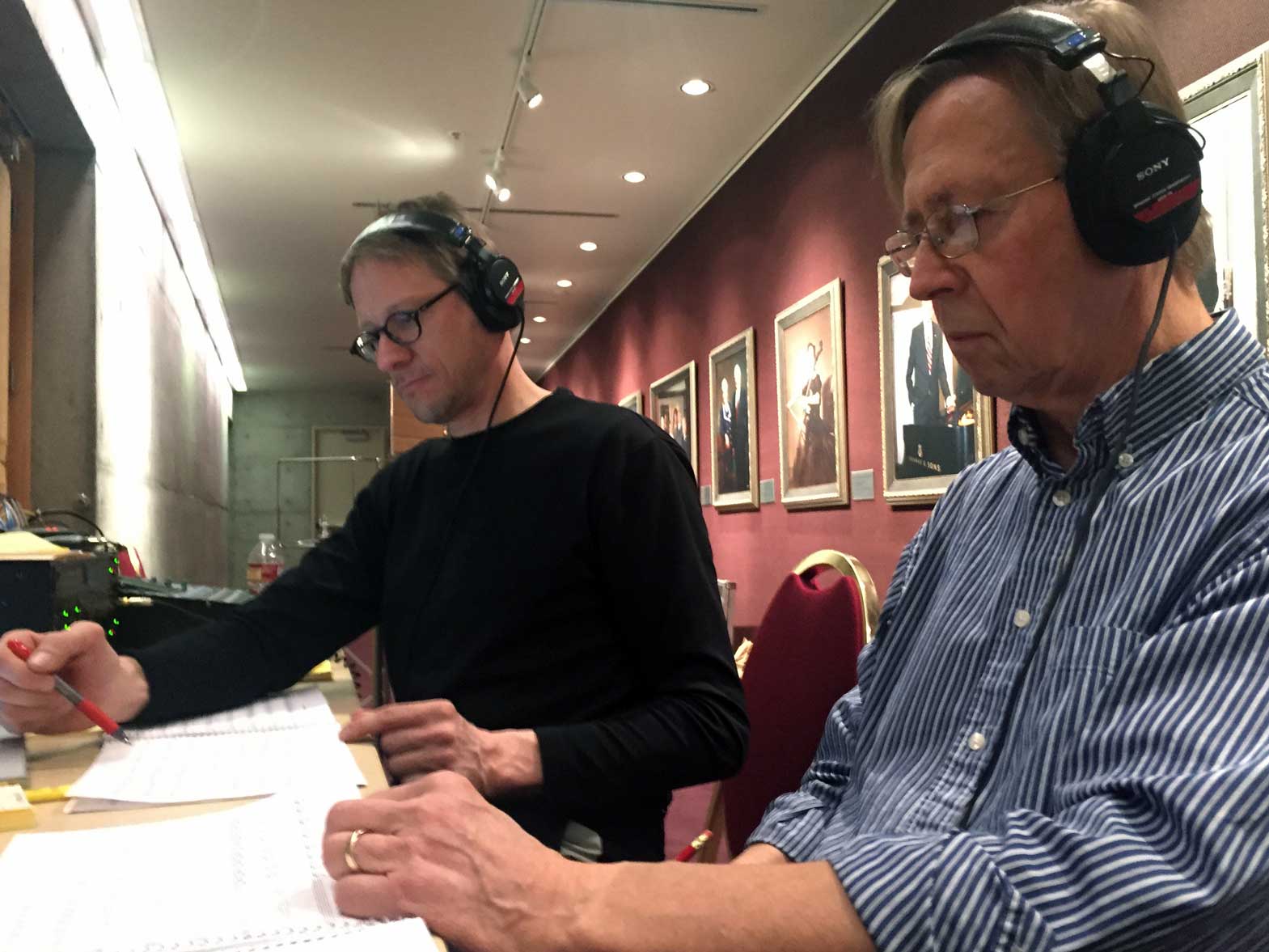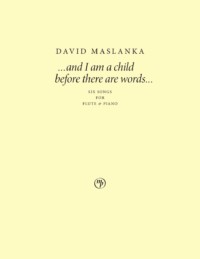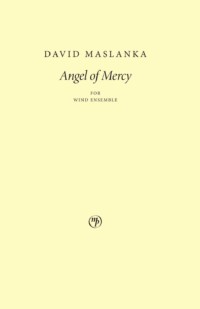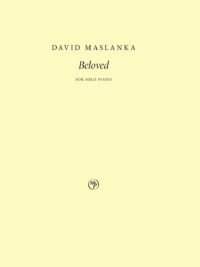Project Description
Solo Cello and Small Wind Ensemble
2013
17 min.
Listen Now
University of Louisville Wind Ensemble, Frederick Speck, cond., Paul York, solo cello
live recording
University of Central Oklahoma Wind Symphony, Brian Lamb, cond., Tess Remy-Schumacher, solo cello
live recording
Tess Remy-Schumacher, solo cello, David Forbat, Piano
Arranged for cello and piano by Matthew Maslanka, live recording
Instrumentation
Solo Vcl | Fl-2(2»AFl) Ob BbCl-2 BCl Bsn ASx | Hn Tpt-3 Tbn DB | Hp Pno Timp Perc-3
- Solo Violoncello
- Flute (2)(2 doubles Alto Flute)
- Oboe
- Clarinet in B♭ (2)
- Bass Clarinet in B♭
- Alto Saxophone
- Bassoon
- Horn in F
- Trumpet in B♭ (2)
- Trombone
- Double Bass
- Harp
- Piano
- Timpani
- Required Percussion (3 players)
- Vibraphone
- Marimba
- Tenor Drum
- Bass Drum
- Suspended Cymbal (lg)
- Tambourine
Commissioned by
Remember Me was commissioned by a consortium organized by Frederick Speck of the University of Louisville.
- Arkansas State University – Timothy Oliver – In honor of Dr. Neale Bartee
- Eastern Kentucky University – David Clemmer
- Georgia Southern University – Robert Dunham
- Illinois State University – Daniel Belongia & Adriana La Rosa Ransom, cello
- Kansas State University – Frank Tracz
- University of Alabama in Huntsville – C. David Ragsdale
- University of Central Oklahoma – Brian Lamb & Tess Remy-Schumacher, cello
- University of Louisville – Frederick Speck & Paul York, cello
- University Miami – Gary Green
- University of Southern Mississippi – Catherine Rand
- Valdosta State University – Joe H. Brashir & Steven Taylor, cello
Description
Remember Me is not a concerto in the traditional sense, but a single-movement, free-flowing fantasia.
This composition was inspired by my reading of a “relatively minor” Holocaust event – the extermination of 5,000 Jews in a small town – in William L. Shirer’s Rise and Fall of the Third Reich. An eye-witness description of a Jewish family about to be slaughtered – mother, father, 10-year-old son, grandmother gently bouncing a year-old baby and making it smile – forcefully riveted my mind and heart. This music is for the baby – a single death, through which it is possible to begin to experience the massive horror of the totality.
Program Note
We see history as over and done with; nothing can be done about it, so just let it go. Yet certain events hand there – Hiroshima, the Holocaust, exterminations the world over – that are not finished, and will not be put aside.
In our family relationships, when a parent or other significant person dies, we think, well, that’s the end, further relationship is not possible. But that is not the case. The death is often the beginning of understanding, of softening, loosening, and a realization of love beyond the tangle of personal issues. In finding rest we give rest to the departed.
The journey of transforming personal pain is the journey of transforming the pain of the world. For many years I have experience and urgent desire to understand the roots of violence. I have read extensively on war – the American Revolution, the Civil War (Lincoln, slavery, and the echoes that continue to the present day), the wars of the 20th century, especially World War II and the Holocaust. Confronted with the deaths of five million Jews we don’t know what to do. Confronted with a single death we can open in compassion and sorrow. I have recently read The Rise and Fall of the Third Reich by William L. Shirer. On page 961 begins the description of a “comparatively minor” mass execution. At the Nuremburg trials a sworn affidavit was read from a witness to the execution at Dubno in the Ukraine of the town’s 5000 Jews:
…My forman and I went directly to the pits. I heard rifle shots in quick succession from behind one of the earth mounds. The people who had got off the trucks – men, women, and children of all ages – had to undress upon the order of an S.S. man who carried a riding or dog whip. They had to put down their clothes a fixed places, sorted according to shoes, top clothing and underclothing. I saw a heap of shoes of about 800 to 1000 pairs, great piles of under-linen and clothing.
Without screaming or weeping these people undressed, stood around in family groups, kissed each other, said farewells and waited for a sign from another S.S. man, who stood near the pit. also with a ship in his hand. During the fifteen minutes that I stoop near the pit I heard no complaint or plea for mercy…
An old woman with snow-white hair was holding a one-year-old child in her arms and singing to it and tickling it. The child was cooing with delight. The parents were looking on with tears in their eyes. The father was holding the hand of a boy of about ten years old and speaking to him softly; the boy was fighting his tears. The father pointed to the sky, stroked his head and seemed to explain something to him.
At that moment the S.S. man at the pit shouted something to his comrade. The latter counted off about twenty persons and instructed them to go behind the earth mound…
I walked around the mound and found myself confronted by a tremendous grave. People were wedged together and lying on top of each other so that only their heads were visible. Nearly all had blood running over their shoulders from their heads…I looked for the man who did the shooting. He was an S.S. man who sat at the edge of the narrow end of the pit, his feet dangling into the pit. He had a tommy gun on his knees and was smoking a cigarette…
On reading this I was deeply drawn in, without knowing where I was going or why. I know that something of this had to be spoken through me in musical sound. Musical vibration heals. There was the realization that this music was for the little child. The child’s life remembered in this way is that life redeemed; it is evil transformed; it is my own life transformed and redeemed.
Program note by David Maslanka (July 2013)
Further Reading
Maslanka Weekly: Best of the Web – No. 64, More Recent Maslanka CD Releases
Maslanka Weekly highlights excellent performances of David Maslanka’s music from around the web. This week, we feature three new recordings of favorite works: Mass, Remember Me, and Symphony No. 4. (Photo by Zachary C. Person)
Maslanka Weekly: Best of the Web – No. 18, Remembrance Music
Maslanka Weekly highlights excellent performances of David Maslanka’s music from around the web. This week, emotional performances of Remember Me: Music for Cello and Nineteen Players, Requiem, A Solemn Music, and Beloved.
David Maslanka: Works for Younger Wind Ensembles
Here are more than twenty works for wind ensemble, arranged in approximate ascending order of difficulty, with commentary by David Maslanka
Recording the Wind Ensemble Music of David Maslanka
Mark Morette of Mark Custom Recording shares his extensive experience in recording wind ensembles.

